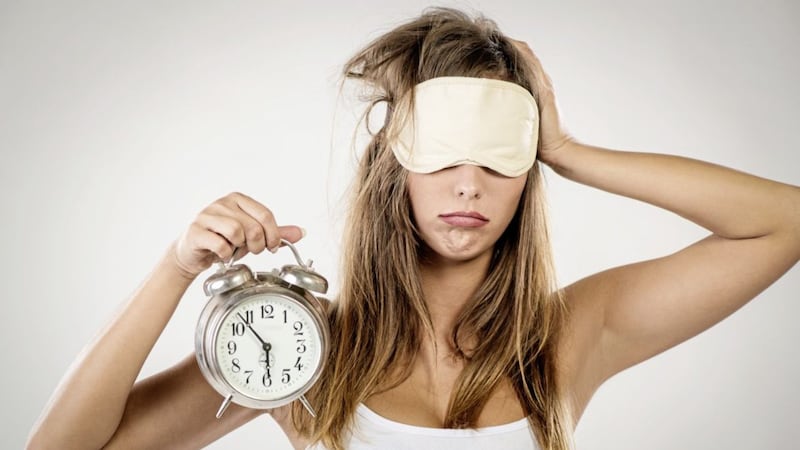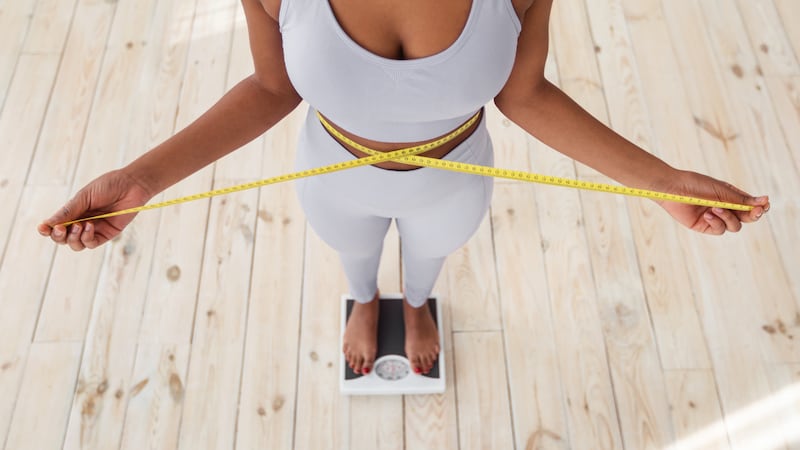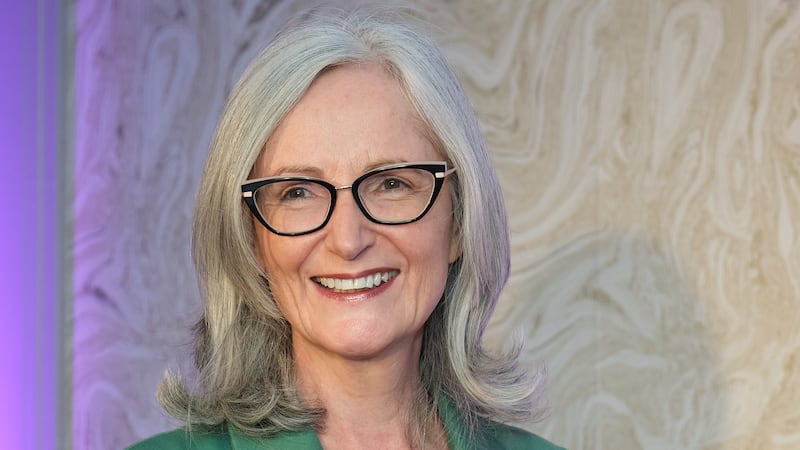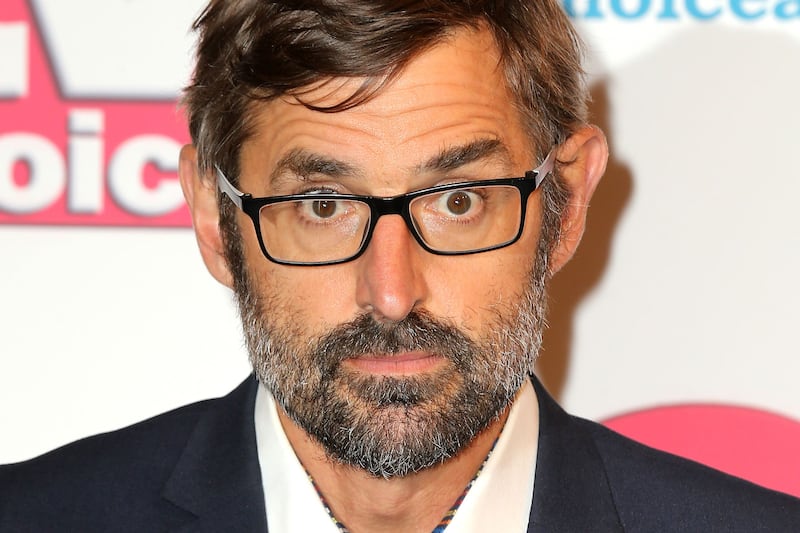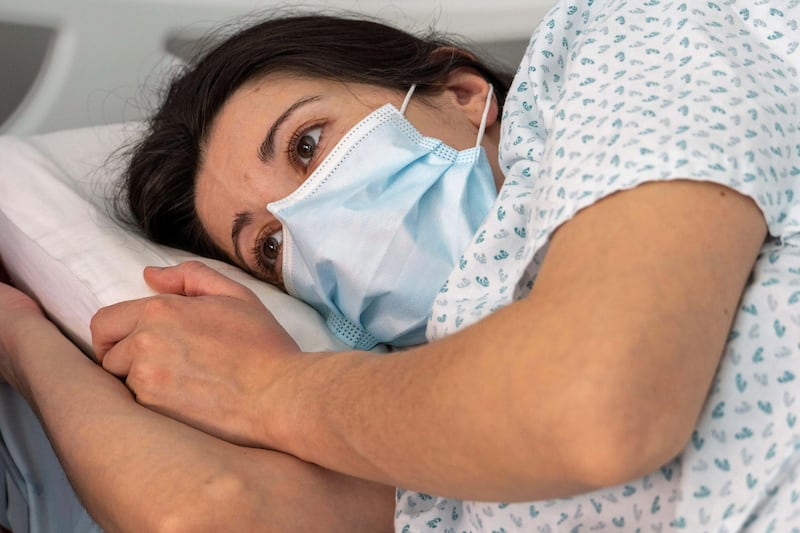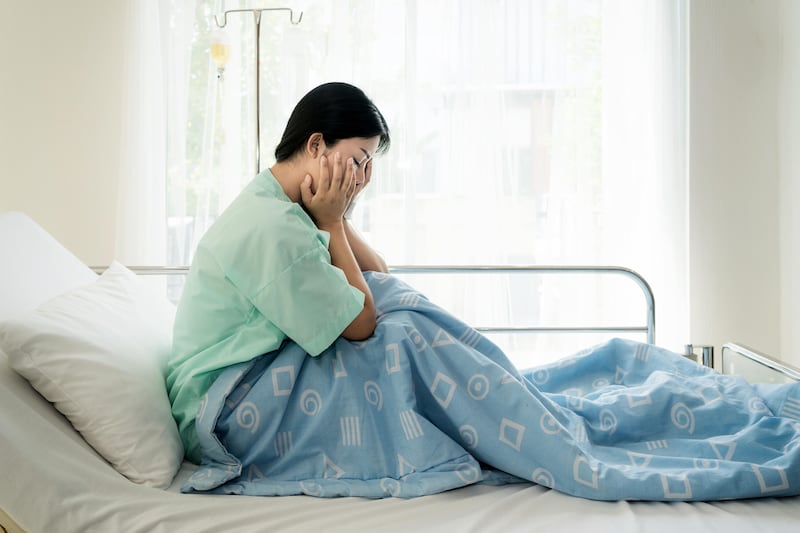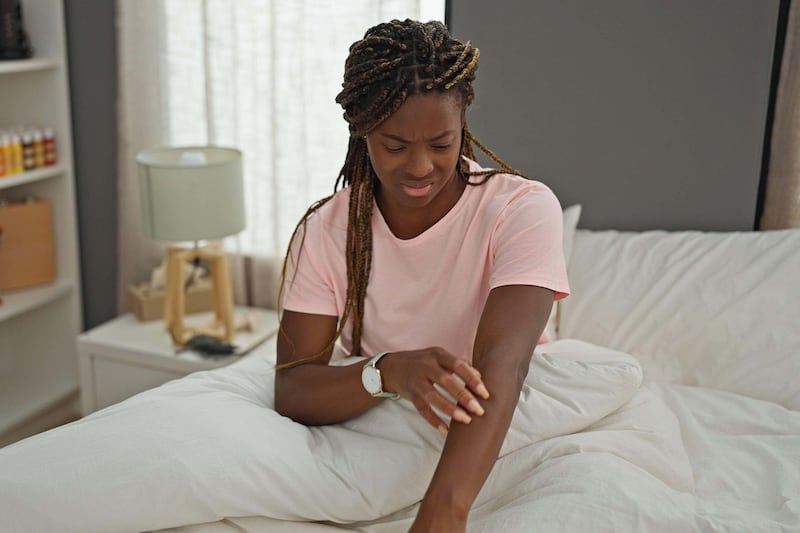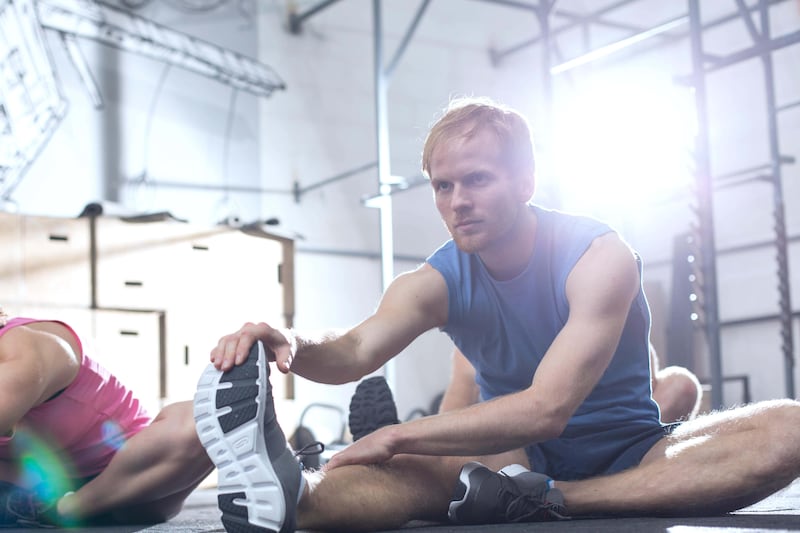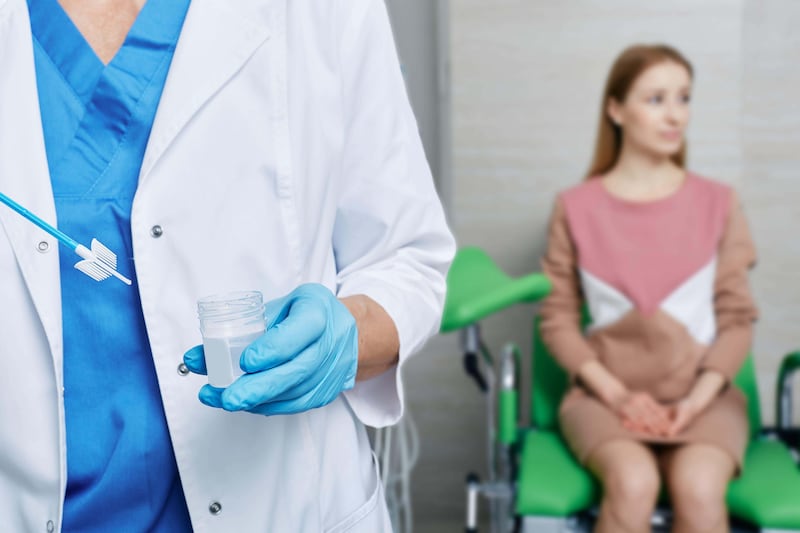A HEADBAND worn for 20 minutes before bedtime may help beat insomnia.
One person in 10 has difficulty getting to sleep or staying asleep, with women twice as likely to be affected as men. This is due to hormonal changes linked to periods and menopause.
Other possible causes include stress, depression and caffeine.
Insomnia can also be a side-effect of medications for asthma or high blood pressure, or a consequence of medical conditions such as chronic pain, diabetes and heart disease.
Treatments range from relaxation techniques to sleeping pills and cognitive behavioural therapy - a form of talking therapy that can eliminate the negative thoughts that keep some people awake.
Although these can be effective, they do not work for everyone, and medications can have side-effects including headaches, diarrhoea, nausea and daytime drowsiness.
Now scientists have developed an alternative option: a high-tech band that works by firing a mild electric current into the head.
This stimulates the production of serotonin, a brain chemical involved in mood and sleep regulation, say researchers, while at the same time dampening down levels of cortisol - a stress hormone that, at high levels at night, can lead to insomnia.
Two new clinical trials are now under way to see if the device will combat sleep disruption.
The headband contains two electrode 'pads' which sit over the temples. The pads are linked to a battery-powered generator, small enough to fit in a pocket.
To activate the device, the patient presses a button on the generator which fires low-level electrical pulses through the skin for 20 minutes.
Researchers believe these pulses are strong enough to stimulate an increase in brain levels of serotonin and, at the same time, lower cortisol levels.
Most patients feel nothing, or just a very mild tingling sensation during treatment, they say.
In a one-month clinical trial, run by the New York-based research centre ProofPilot and involving 200 patients, the treatment is being compared to a dummy device.
Another 20 patients who have insomnia after suffering a stroke are currently taking part in a two-month trial of the device at the University of Texas.
Around half of those who have a stroke go on to develop insomnia, which may be due to psychological stress, pain and discomfort, and reduced levels of physical activity, as well as other factors. In both trials, treatment sessions are 20 minutes daily.
Jaydip Ray, professor of otology and neurotology at Sheffield University and clinical director for ENT (ear, nose and throat) at Sheffield NHS Teaching Hospitals, said: "Electrotherapy has long been used in physical therapy and pain management. The most common example is the TENS (transcutaneous electrical nerve stimulation) machine."
Applying it to the head "is an area of growing interest in the treatment of various conditions" including psychiatric disorders and insomnia, he added, with some promising results for tinnitus (ringing in the ears).
"Hence we are quite optimistic about the potential in the treatment of insomnia," he adds.
© Daily Mail
